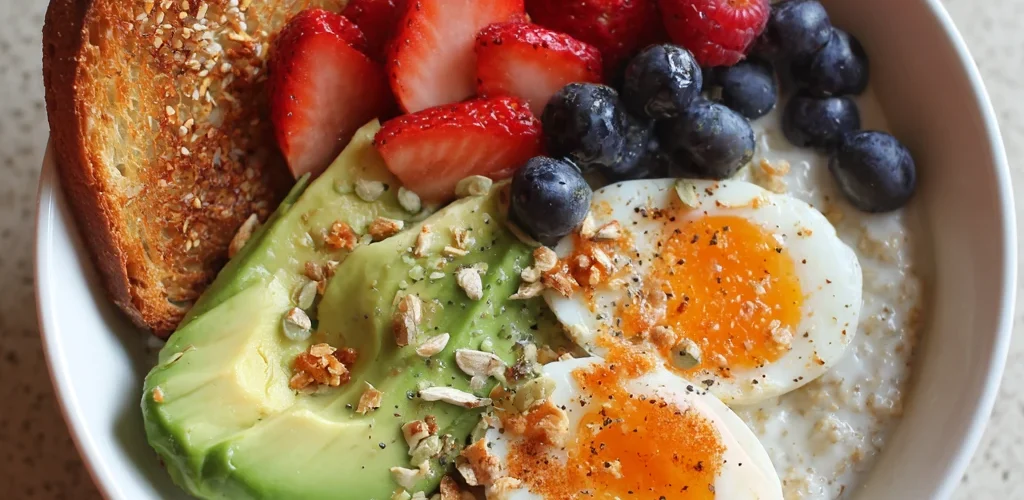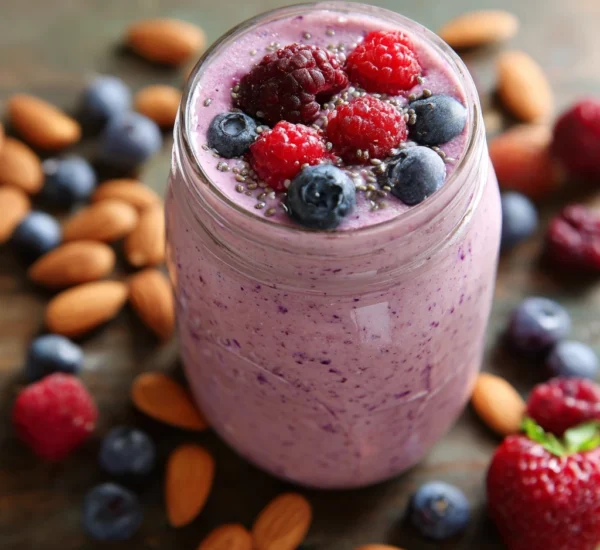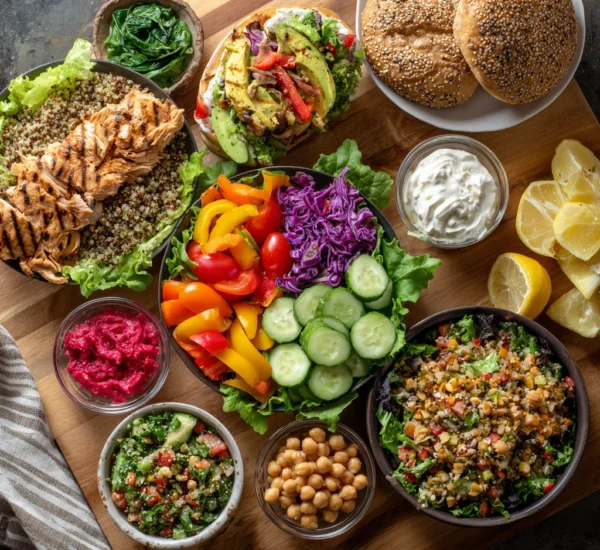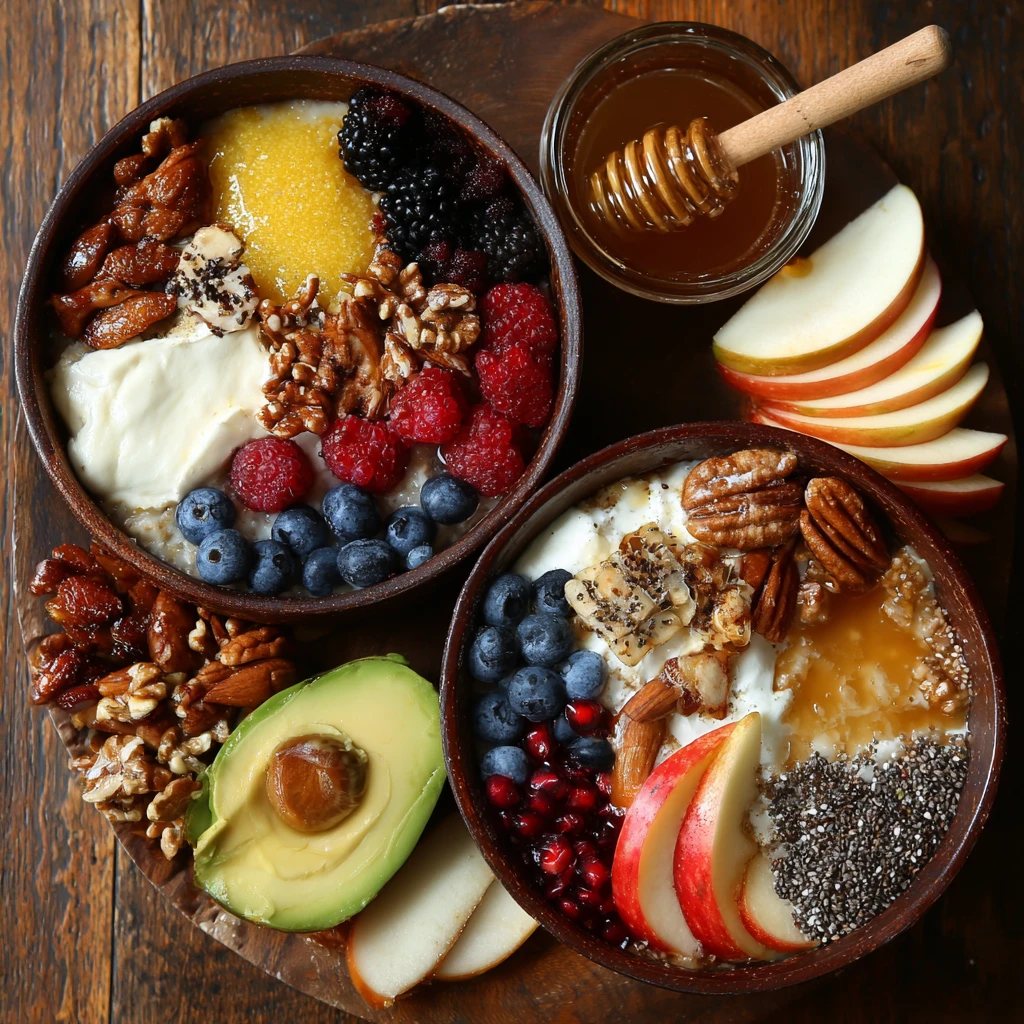Simple Meal Pairings for Steady Energy: Fuel Your Day the Right Way
Feeling sluggish and struggling to maintain consistent energy levels throughout the day? The secret might lie in the way you combine your meals. Smart food pairings can unlock sustained energy, preventing those dreaded energy crashes and keeping you focused and productive. This article dives into the science behind optimal meal pairings, offering practical tips and delicious combinations to help you fuel your day the right way.
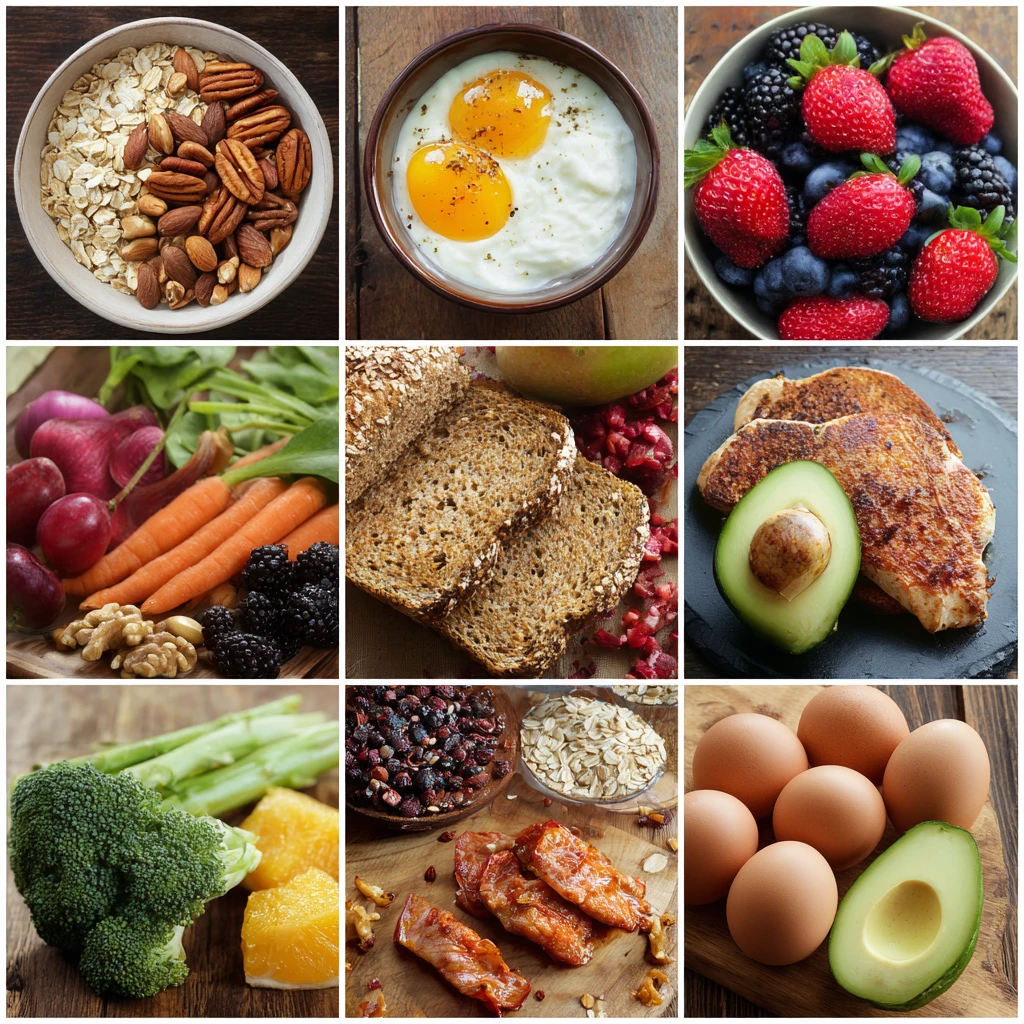
Understanding the Energy Rollercoaster and How to Avoid It
The typical energy rollercoaster is a consequence of consuming foods that are quickly digested and absorbed, leading to a rapid spike in blood sugar followed by a sharp drop. This dip leaves you feeling tired, irritable, and craving more sugary or processed foods, perpetuating the cycle. To avoid this, focus on pairing foods that offer sustained release of energy.
The Role of Macronutrients in Energy Regulation
Macronutrients – carbohydrates, proteins, and fats – each play a distinct role in energy production. Carbohydrates are the body’s primary fuel source, providing quick energy. However, not all carbs are created equal. Simple carbohydrates, like those found in processed foods and sugary drinks, cause rapid blood sugar spikes. Complex carbohydrates, found in whole grains, vegetables, and legumes, are digested more slowly and provide a more sustained energy release.
Protein helps stabilize blood sugar levels and provides a steady stream of amino acids, essential for building and repairing tissues. Protein also promotes satiety, keeping you feeling fuller for longer and reducing the urge to snack on unhealthy foods.
Healthy fats are a crucial source of energy and are also essential for hormone production and nutrient absorption. They are digested slowly, further contributing to stable blood sugar levels and sustained energy.
Glycemic Index and Glycemic Load: A Quick Primer
The Glycemic Index (GI) measures how quickly a carbohydrate-containing food raises blood sugar levels. Foods with a high GI are digested and absorbed rapidly, leading to a sharp spike in blood sugar. Foods with a low GI are digested and absorbed more slowly, resulting in a more gradual rise in blood sugar.
Glycemic Load (GL) takes into account both the GI of a food and the amount of carbohydrates it contains in a typical serving. GL provides a more accurate measure of how a food will affect blood sugar levels.
Top Meal Pairings for Sustained Energy
By understanding the role of macronutrients and the concepts of GI and GL, you can strategically pair foods to create meals that provide sustained energy throughout the day. Here are some winning combinations:
Oatmeal with Berries and Nuts
Oatmeal is a fantastic source of complex carbohydrates, providing a slow and steady release of energy. Berries add antioxidants and fiber, further contributing to stable blood sugar levels. Nuts provide healthy fats and protein, enhancing satiety and ensuring sustained energy.
- Why it works: The complex carbohydrates in oatmeal provide sustained energy, while the fiber in berries helps to slow down digestion. The protein and healthy fats in nuts keep you feeling full and balanced.
Greek Yogurt with Fruit and Seeds
Greek yogurt is packed with protein, which helps to stabilize blood sugar levels and keep you feeling full. Fruit adds natural sweetness, vitamins, and antioxidants. Seeds, such as chia seeds or flax seeds, provide healthy fats, fiber, and omega-3 fatty acids, contributing to sustained energy and overall health.
- Why it works: The protein in Greek yogurt keeps you satisfied, while the fruit provides a quick burst of energy that is balanced by the fiber and healthy fats in the seeds.
Whole-Grain Toast with Avocado and Egg
Whole-grain toast provides complex carbohydrates for sustained energy. Avocado is a source of healthy fats, which slow down digestion and help to stabilize blood sugar levels. Eggs are packed with protein, further contributing to satiety and energy balance.
- Why it works: The combination of complex carbohydrates, healthy fats, and protein provides a trifecta of sustained energy and satiety.
Chicken Salad with Whole-Grain Crackers and Vegetables
Chicken is a lean source of protein, which helps to stabilize blood sugar levels. Whole-grain crackers provide complex carbohydrates for sustained energy. Vegetables add fiber, vitamins, and minerals, further contributing to overall health and well-being.
- Why it works: The protein in chicken keeps you feeling full, while the whole-grain crackers provide sustained energy. The vegetables add essential nutrients and fiber.
Lentil Soup with Whole-Grain Bread
Lentils are a powerhouse of nutrients, providing both complex carbohydrates and protein. This combination helps to stabilize blood sugar levels and keep you feeling full. Whole-grain bread adds additional fiber and complex carbohydrates.
- Why it works: Lentils are a slow-digesting source of both carbohydrates and protein, providing sustained energy. The whole-grain bread adds further fiber and nutrients.
Building Your Own Energy-Boosting Meal Plan
Creating a personalized meal plan that supports sustained energy involves a few key principles:
Prioritize Whole, Unprocessed Foods
Focus on consuming whole, unprocessed foods as much as possible. These foods are naturally rich in nutrients and fiber, which contribute to stable blood sugar levels and sustained energy.
Incorporate Lean Protein at Every Meal
Protein is essential for stabilizing blood sugar levels and promoting satiety. Include a source of lean protein, such as chicken, fish, beans, lentils, tofu, or Greek yogurt, at every meal.
Choose Complex Carbohydrates Over Simple Sugars
Opt for complex carbohydrates, such as whole grains, vegetables, and legumes, over simple sugars, such as processed foods and sugary drinks. Complex carbohydrates are digested more slowly and provide a more sustained energy release.
Don't Be Afraid of Healthy Fats
Healthy fats are an important source of energy and are also essential for hormone production and nutrient absorption. Include sources of healthy fats, such as avocados, nuts, seeds, and olive oil, in your meals.
Listen to Your Body's Cues
Pay attention to how different foods and meal pairings affect your energy levels. Experiment with different combinations to find what works best for you.
Lifestyle Factors That Impact Energy Levels
While meal pairings play a significant role in energy levels, other lifestyle factors also contribute:
Hydration
Dehydration can lead to fatigue and decreased energy levels. Aim to drink plenty of water throughout the day.
Sleep
Lack of sleep can disrupt hormone levels and impair energy production. Aim for 7-9 hours of quality sleep per night.
Stress Management
Chronic stress can deplete energy reserves and lead to fatigue. Practice stress-reducing techniques, such as yoga, meditation, or spending time in nature.
Regular Exercise
Regular exercise can improve energy levels and overall health. Aim for at least 30 minutes of moderate-intensity exercise most days of the week.
By combining strategic meal pairings with healthy lifestyle habits, you can conquer the energy rollercoaster and enjoy sustained energy throughout the day.
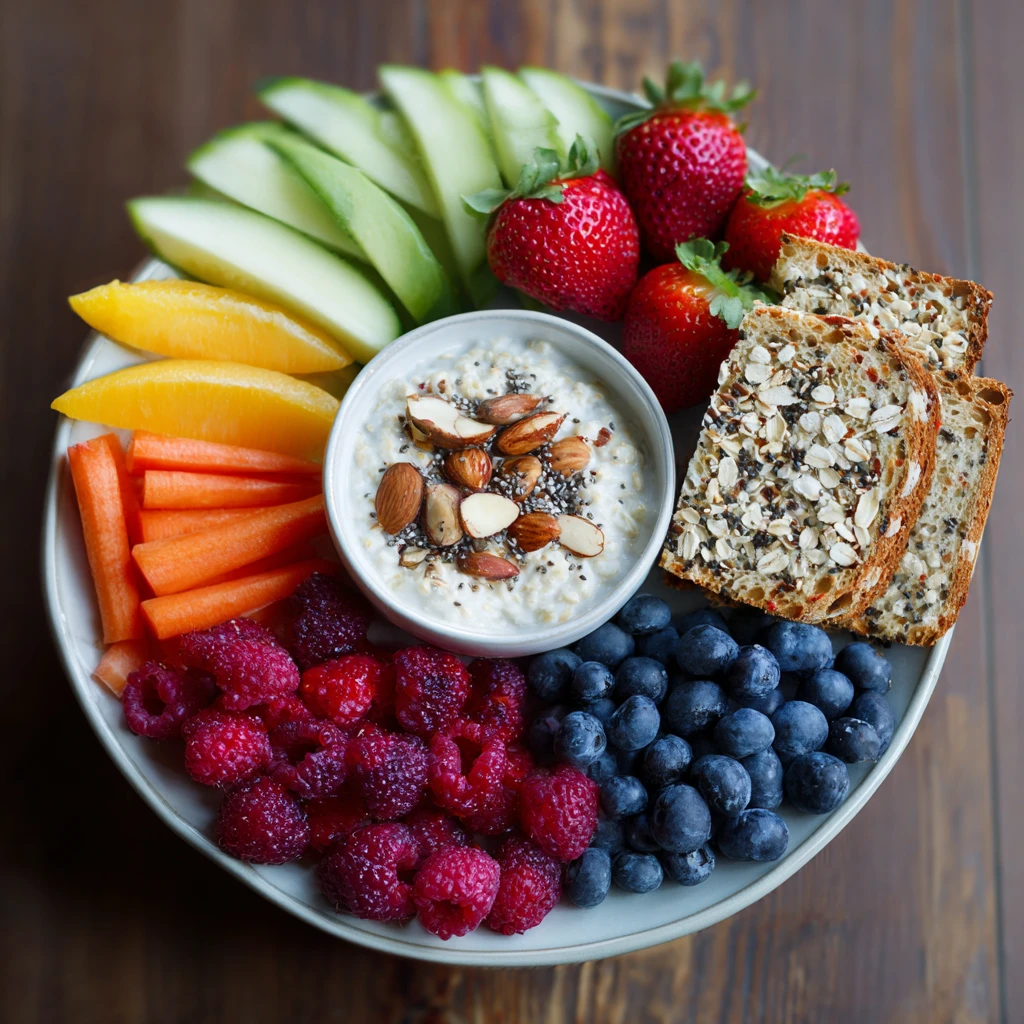
FAQs About Meal Pairings for Sustained Energy
Q: What are some good snacks for sustained energy?
A: Good snacks include nuts and seeds, hard-boiled eggs, apple slices with peanut butter, Greek yogurt with berries, or a small serving of trail mix.
Q: How important is it to eat breakfast for energy?
A: Eating breakfast is crucial for replenishing glycogen stores and kickstarting your metabolism. Opt for a balanced breakfast that includes protein, complex carbohydrates, and healthy fats.
Q: Can I still eat carbs if I want steady energy?
A: Absolutely! The key is to choose complex carbohydrates over simple sugars. Complex carbohydrates are digested more slowly and provide a more sustained energy release.
Q: What are some drinks that can help with energy levels?
A: Water is essential for hydration and energy. Other options include green tea (in moderation), herbal teas, and unsweetened sparkling water. Avoid sugary drinks, as they can lead to energy crashes.
Q: How do I know if my meal pairings are working for me?
A: Pay attention to how you feel after eating. If you experience sustained energy levels, improved focus, and reduced cravings, your meal pairings are likely working well for you. If you experience energy crashes or digestive issues, you may need to adjust your combinations.
